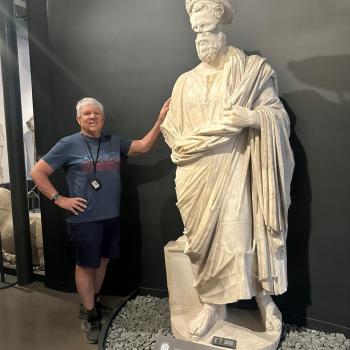 Thessalonike was an important city in Paul’s day, and it still is today, being the second largest city in all of Greece, and a major seaport.
Thessalonike was an important city in Paul’s day, and it still is today, being the second largest city in all of Greece, and a major seaport. 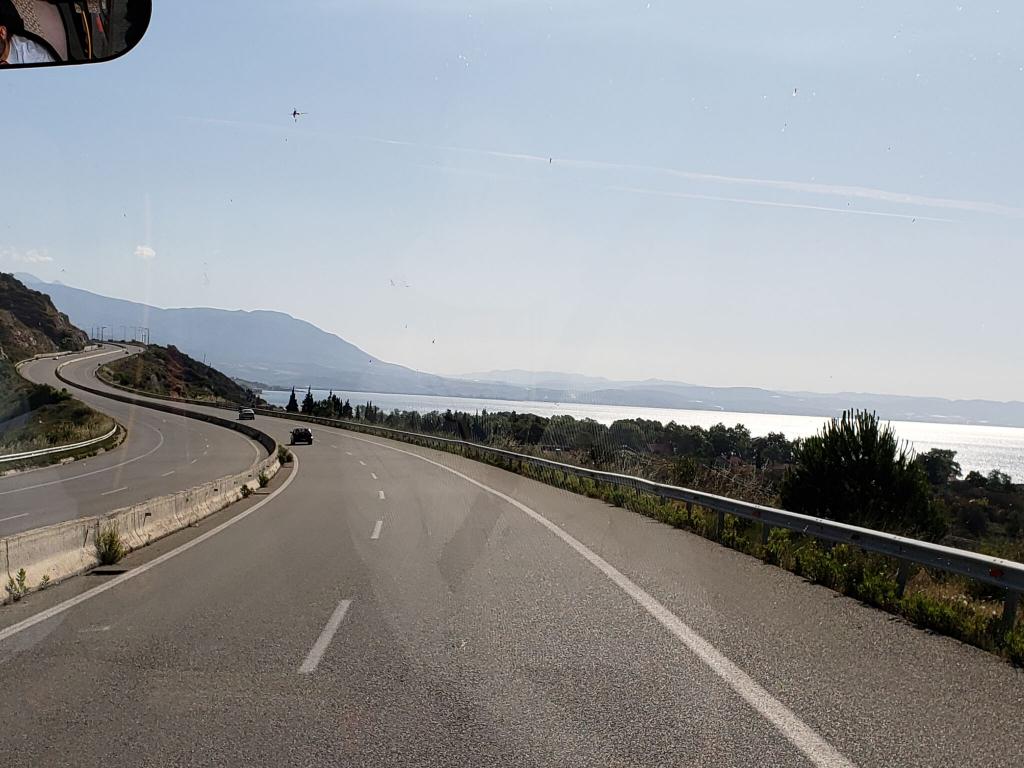
Unfortunately, there are not a lot of remains from Paul’s era in the city, apart from in the Thessalonike archaeology museum, which I had not previously visited. Yes, there is a Roman forum and odeon to see, 

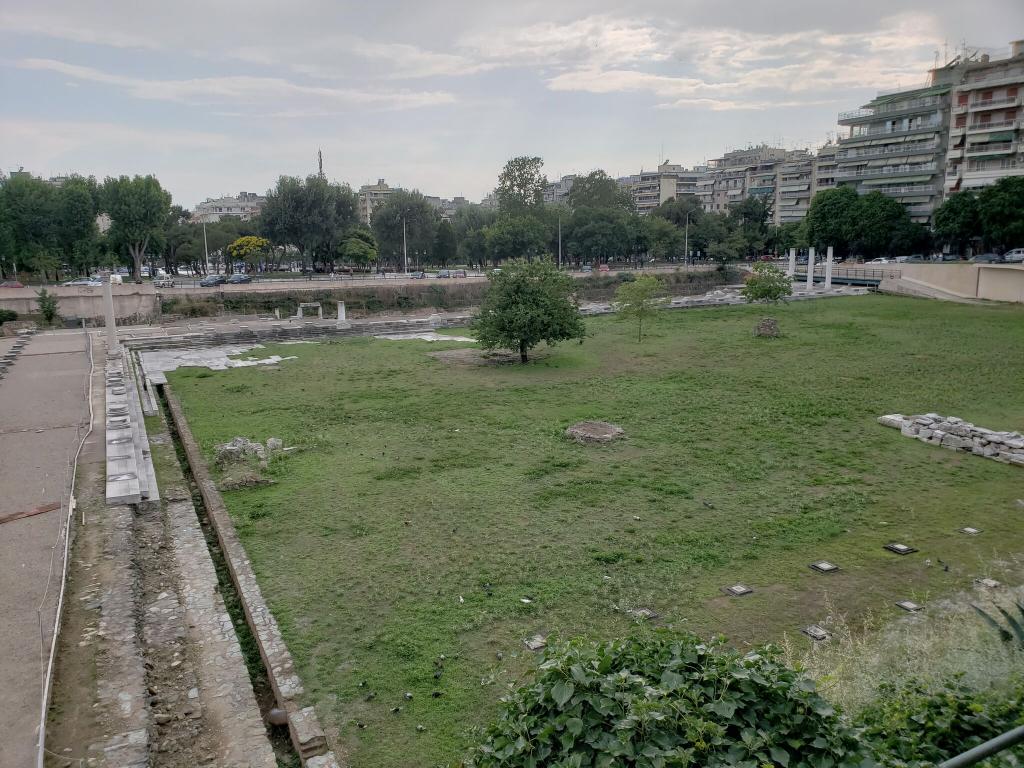 Yes there are remains of a Roman bath complex under the Church of St. Demetrios, the most important of the ancient Orthodox Churches in the city, but for the most part one needs to focus on the museum to see the remains of the period. In this post we will explore the church itself, and in the next focus on the material in the museum.
Yes there are remains of a Roman bath complex under the Church of St. Demetrios, the most important of the ancient Orthodox Churches in the city, but for the most part one needs to focus on the museum to see the remains of the period. In this post we will explore the church itself, and in the next focus on the material in the museum.
 The church of St. Demetrios has the classic design of Greek Orthodox Churches, and includes a giant baptismal font in the main square outside the church itself…..
The church of St. Demetrios has the classic design of Greek Orthodox Churches, and includes a giant baptismal font in the main square outside the church itself….. The symbolism is clear enough. One must be baptized and join the church before one can participate fully in church worship and life. The Orthodox, like the Catholics, and the majority of Christian churches around the world, practice infant baptism, on the theology that it symbolizes God’s grace which precedes human response to that grace, and it symbolizes the washing away of original or inherited sin.
The symbolism is clear enough. One must be baptized and join the church before one can participate fully in church worship and life. The Orthodox, like the Catholics, and the majority of Christian churches around the world, practice infant baptism, on the theology that it symbolizes God’s grace which precedes human response to that grace, and it symbolizes the washing away of original or inherited sin. 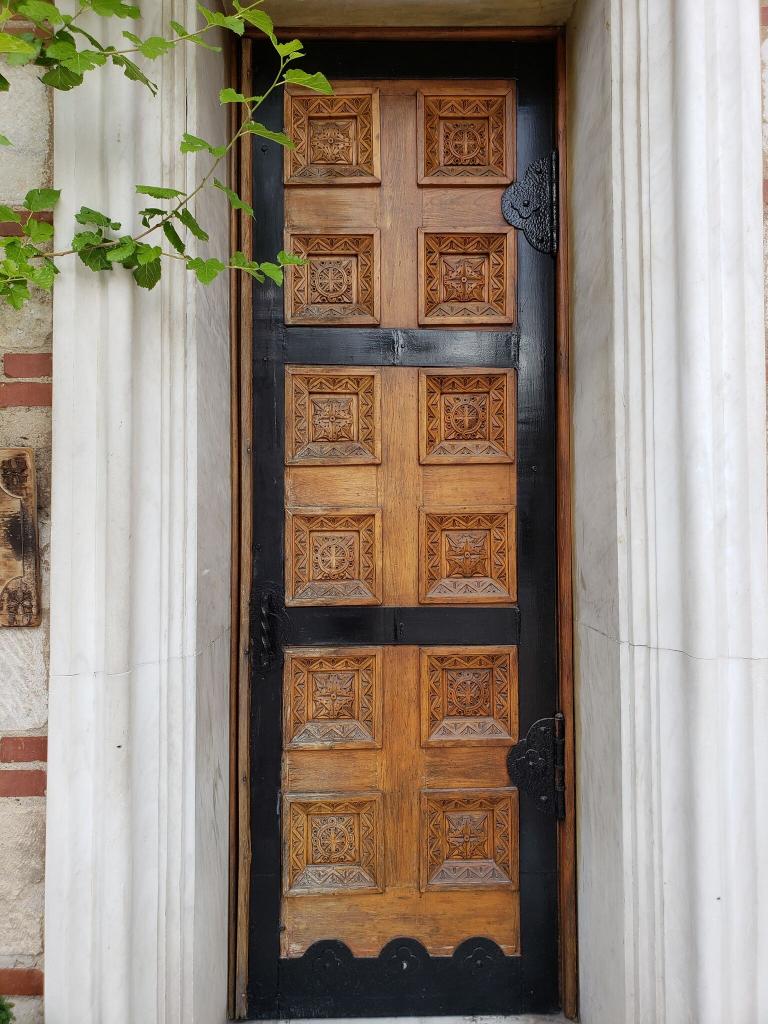
Here is St. Demetrios himself in iconic form…. He is not mentioned in Paul’s 2 letters to the Thessalonians, but according to tradition he was one of the first converts there (the one mentioned in 3 John is surely not from Thessalonike). This city was named after Alexander the Great’s sister, and was an important walled city in antiquity. Acts 17 tells us Paul converted some Jews, some Godfearers and various prominent women in that city.
He is not mentioned in Paul’s 2 letters to the Thessalonians, but according to tradition he was one of the first converts there (the one mentioned in 3 John is surely not from Thessalonike). This city was named after Alexander the Great’s sister, and was an important walled city in antiquity. Acts 17 tells us Paul converted some Jews, some Godfearers and various prominent women in that city. 



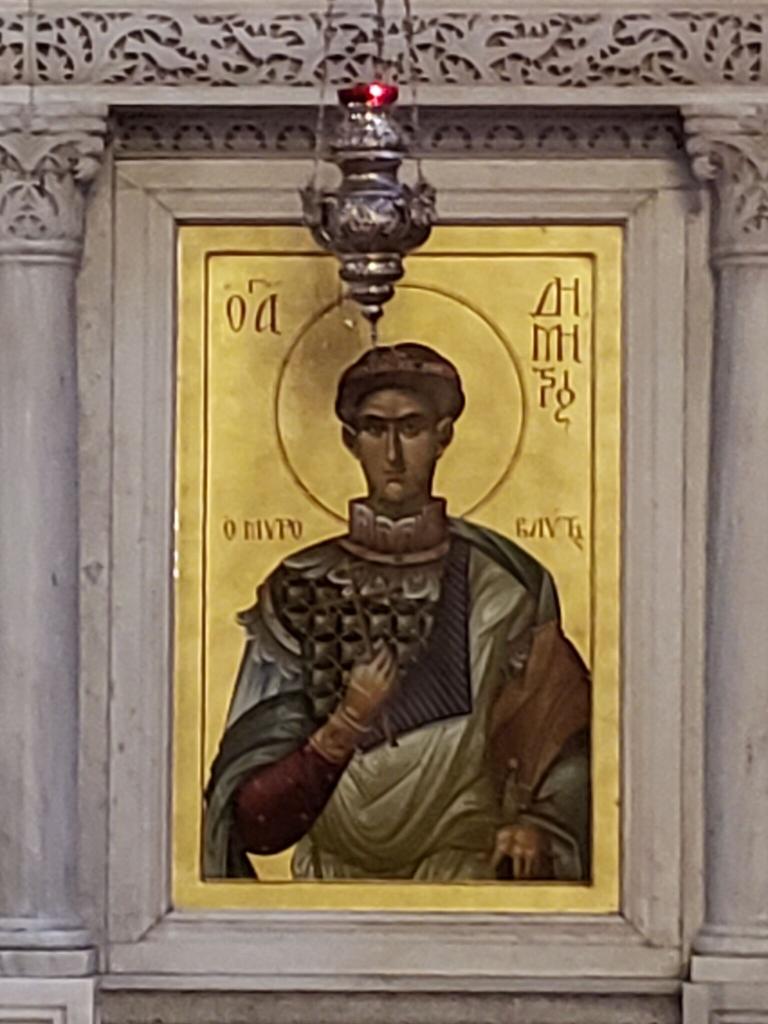
From a Biblical point of view, the problem with the Orthodox approach to things is: 1) it relies on an OT pattern of worship (male only priests, basilicas, worship that focuses on the priest and the elements of the eucharist, an icon screen separates the people from the holiest place in the sanctuary which the priest alone should enter); 2) the Biblical view of worship, church, etc. is amalgamated with many later Orthodox traditions, for example in regard to their saints like Demetrios, and some of those traditions simply don’t have a sound historical foundation when critical scrutiny is applied to them.






